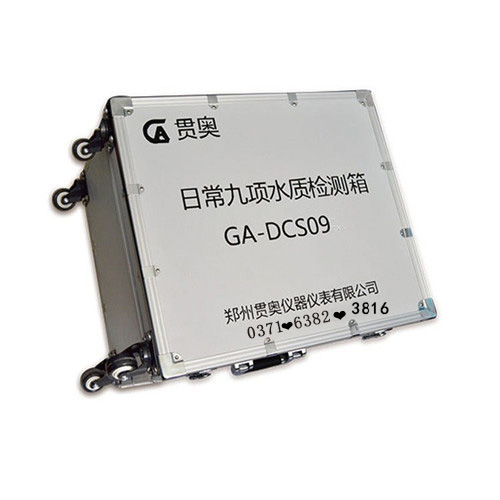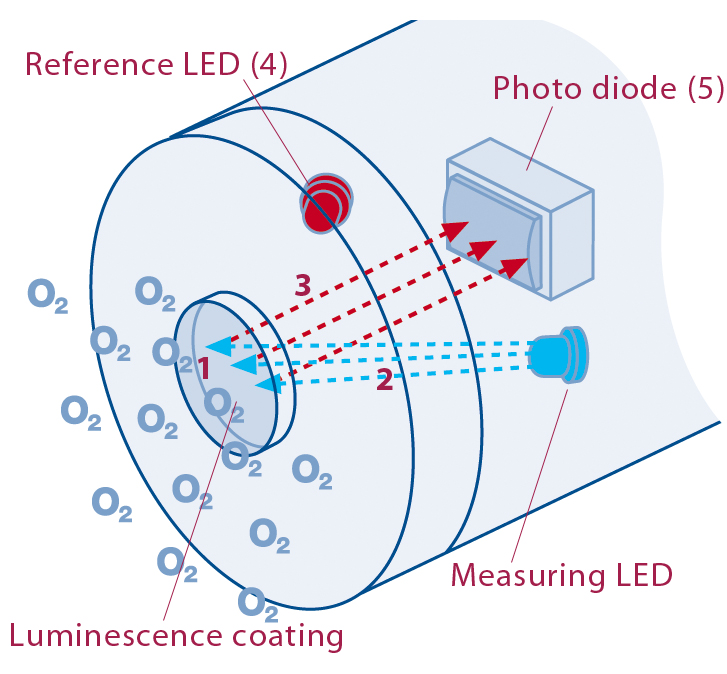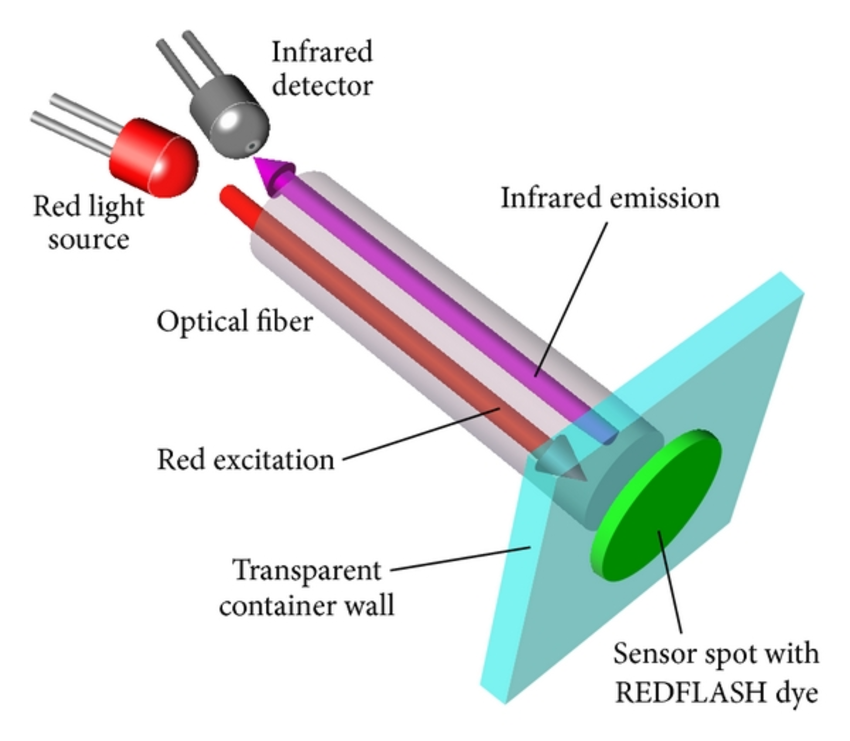There are many types of spectrophotometers in water quality detectors in daily applications. Generally, we can divide them into 300-800nm spectrophotometers, 200-1000nm UV-visible spectrophotometers, and 760-400000nm infrared spectrophotometers according to the range of wavelengths. Photometers, but in terms of manufacturing structure, they are composed of a light source, a spectroscopic system (also called a monochromator), an absorption cell (a cuvette), a detector, and a signal display system.

1. The light source of the spectrophotometer
Generally, according to the requirements of the water quality detector, the light source can be a 320-2500nm tungsten lamp, a hydrogen lamp and a 190-400nm deuterium lamp for ultraviolet light.2. Spectroscopic system of water quality detector
Spectroscopic system (monochromator) is an optical device that can decompose composite light into monochromatic light arranged in the order of wavelength. It consists of incident and exit slits, lenses and dispersion elements. Among them, the dispersive element is the key component of the monochromator, which is made of prism and grating.The prism is made of glass or quartz and is a commonly used dispersive element in spectrophotometers. When the composite light passes through the prism, the refractive index will be different due to the different wavelength of the incident light. Therefore, the composite light can be decomposed into monochromatic light of different wavelengths. Some spectrophotometers use gratings as dispersive elements, which are characterized by a wide range of working wavelengths, but the intensity of monochromatic light is weak.

3. Spectroscopic absorption pool of water quality detector
In the spectrophotometer of the water quality detector, the container used to hold the solution is called the absorption cell, which is made of quartz or glass. The glass absorption cell can only be used in the visible light region, and the quartz absorption cell can be used in the visible light region. Can be used in the ultraviolet region. The shape of the absorption tank is generally rectangular parallelepiped or cylindrical. It has many specifications and can be selected according to the amount of solution and the absorption situation. In the determination, each instrument should use the matching absorption pool and cannot be mixed. The two smooth surfaces of the absorption cell are easy to damage, so they should be protected during use.4. Detector of spectrophotometer
The detector is a photoelectric conversion element. Its function is to convert the intensity of the transmitted light after passing through the absorption cell into a measurable electrical signal. The commonly used detectors in the spectrophotometer are photocells, phototubes and photomultiplier tubes. .Photocells are photoelectric conversion elements made of certain semiconductor materials. There are many types. Selenium photocells are commonly used in spectrophotometers. The use of photocells should be moisture-proof and fatigue-proof. Different semiconductor materials have different light-sensitivity ranges. When measuring the light absorption at the outer edge of the infrared spectrum, silver sulfide photovoltaic cells should be used.
The phototube is a vacuum (or filled with a small amount of inert gas) diode composed of a cathode and an anode. The cathode is a semi-cylinder made of metal, and the inner surface is coated with a layer of photosensitive material (such as alkali or alkaline earth metal oxides, etc.); the anode is a metal electrode, usually a nickel ring or a nickel sheet. A DC voltage is applied between the two electrodes. When the light irradiates the photosensitive material of the cathode, electrons are emitted from the surface of the cathode, and the electrons are led to the anode to be generated. The stronger the light, the more electrons emitted from the cathode surface, and the greater the photocurrent generated.
The photomultiplier tube uses secondary electron emission to amplify the photocurrent, and the magnification is 10^4~10^8 times. The sensitivity of a photomultiplier tube is about 200 times higher than that of a phototube, and it generates a current suitable for measuring very weak light. The photosensitive material on its anode is usually an alloy of alkali metals such as antimony, bismuth, and silver.

5. Spectroscopic signal display system of water quality detector
The display devices commonly used in spectrophotometers include galvanometers, microammeters, potentiometers, digital voltmeters, and automatic recorders. Early spectrophotometers used galvanometers and microammeters as display devices to directly read absorbance or transmittance. Modern spectrophotometers mostly use digital voltmeters to display and draw absorption (or transmission) curves directly with X-Y recorders, and are equipped with computer data processing stations.The above is the whole structure of the water quality detector spectrophotometer



